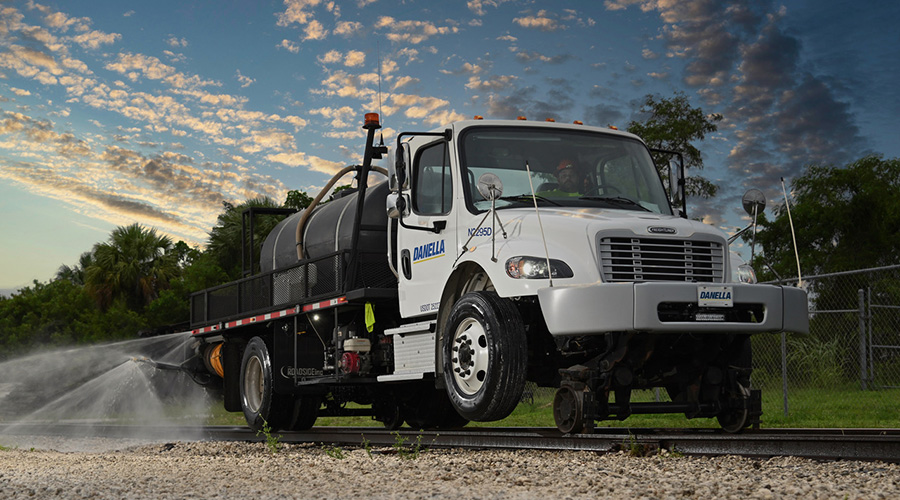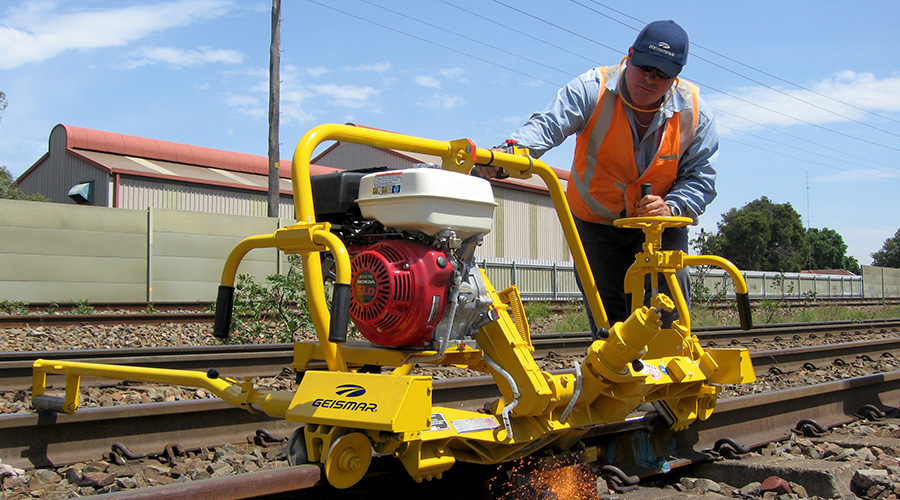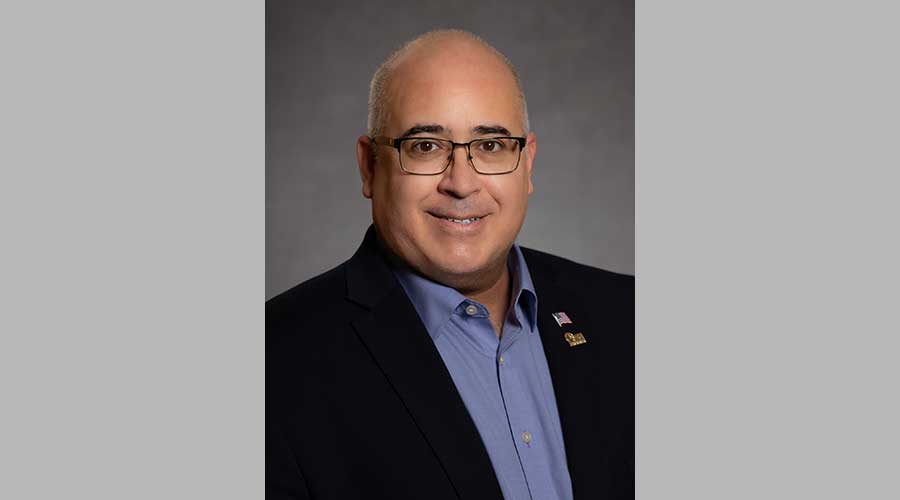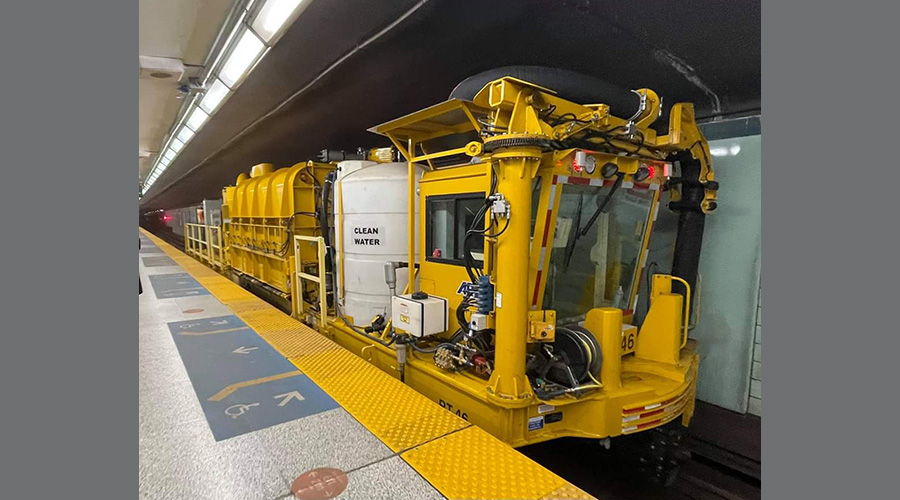Stay updated on news, articles and information for the rail industry
February 2017
Part 1 : IoT: The rail industry is learning to analyze data to answer specific MOW questions
Part 2 : Sidebar: Embrace data to improve safety, FRA says
Part 3 : Sidebar: Big Data - A few definitions
Part 4 : Sidebar: How to think like a data scientist
Rail News: MOWSidebar: How to think like a data scientist
The job of a data scientist involves poring through huge quantities of often disparate data to find insights that may prove helpful in every aspect of a business, including marketing, logistics and human resources. It also includes cleaning data, dealing with gaps and sifting through incomplete or poor definitions. But, according to data consultant Thomas C. Redman, “the best data scientists get out and talk to people.”
Known as “the Data Doc,” Redman helps companies improve data quality. In a January 26, 2017, Harvard Business Review article, he described the challenges of adding context and assessing the quality of the sensor streams and images encompassed by Big Data.
Not all data scientists spend enough time understanding the deeper reality of what they study, Redman wrote. Some concentrate too much on the numbers. But the good ones will spend time with operators in the rail yard and with supervisors on a track inspection. What they’re looking for is context that only experienced railroad personnel can provide.
Great data scientists “recognize that there are nuances and quality issues in the data that they can’t understand while sitting at their desks,” wrote Redman. “They recognize that the world is filled with soft data — relevant sights, sounds, smells, tastes, and textures that are yet to be digitized. ... They know they must understand the larger context, the real problems and opportunities, how decision-makers decide, and how their predictions will be used.”
The only way to acquire this smorgasbord of information is to go get it, so they spend time on the road and ask experts in other disciplines for help.
“They delve deeply into processes of data creation and the complexities of measurement equipment," Redman wrote. They ask old hands how their recommendations will be used, what the likely results are, and what can go wrong.”
Data scientists need to understand the strengths and weaknesses in the data in great detail. They also have to cast a wide net when looking for relevant data. “Great data scientists know that the goal is to solve real-world problems,” wrote Redman. “They use data to do so, but they don’t stop there. Make it your mission to learn all you can about your data, starting from where it was first created. Embrace the broader reality, with a special emphasis on all the information that is yet to be stored in technology.”
Redman’s recent book is titled, "Getting In Front on Data: The Who Does What."
Keywords
Browse articles on Big Data data scientist Thomas C. RedmanContact Progressive Railroading editorial staff.


 LRW Honors Amtrak’s Acheson As Railway Woman Of The Year
LRW Honors Amtrak’s Acheson As Railway Woman Of The Year
 From Editor-In-Chief Foran: Of Gender Equity And Inclusion
From Editor-In-Chief Foran: Of Gender Equity And Inclusion
 Spotlight On Some Of Today’s Rail Safety Products
Spotlight On Some Of Today’s Rail Safety Products
 Women of Influence in Rail eBook
Women of Influence in Rail eBook
 railPrime
railPrime







